United states stamps year 1870/1900 Used lot
The period from 1870 to 1900 in United States postal history saw a variety of notable postage stamps that are highly regarded among collectors today.
1870s Issues
- 1870-1871 National Bank Note Company Issue: This series included stamps with the portraits of prominent American figures like George Washington, Thomas Jefferson, and Abraham Lincoln. A notable stamp from this period is the 24-cent General Winfield Scott, which without a grill, had about 1.14 million printed, making it relatively scarce (StampWorld).
- 1873 Issue with Secret Marks: These stamps were identical to the 1870-71 issues but included small distinguishing marks to differentiate them. For instance, the 1-cent stamp had a hint of blue in the ball to the left of the numeral “1” (StampWorld).
1880s Issues
- 1882 Special Printings: This decade saw special printings on soft porous paper without gum. An example is the 5-cent James A. Garfield stamp, issued after his assassination, which had about 174 million printed (StampWorld).
- 1887 Series: Featured new designs for Benjamin Franklin and George Washington. The 1-cent ultramarine Benjamin Franklin stamp and the 2-cent green George Washington stamp were highly circulated with billions of copies issued (StampWorld).
1890s Issues
- 1893 Columbian Exposition Issue: One of the most famous sets, issued to commemorate the 400th anniversary of Columbus’s voyage. It included values from 1 cent to $5, depicting scenes from Columbus’s journeys. The 15-cent “Landing of Columbus” and the 24-cent “Signing of the Declaration of Independence” were among the first U.S. stamps printed in two colors (National Postal Museum).
- 1898 Trans-Mississippi Exposition Issue: Another significant set issued to promote the Trans-Mississippi Exposition in Omaha. The 1-cent “Marquette on the Mississippi” and the 8-cent “Troops Guarding Train” are examples from this issue that depicted scenes from the American frontier and expansion (National Postal Museum).

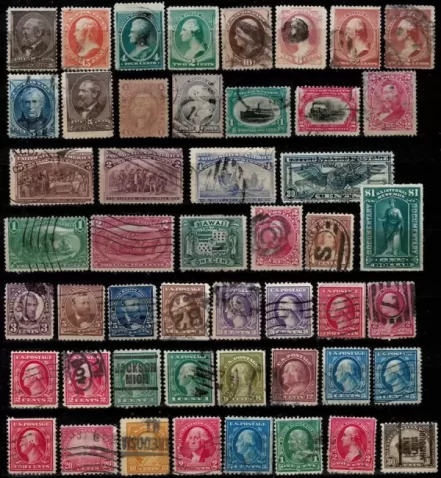
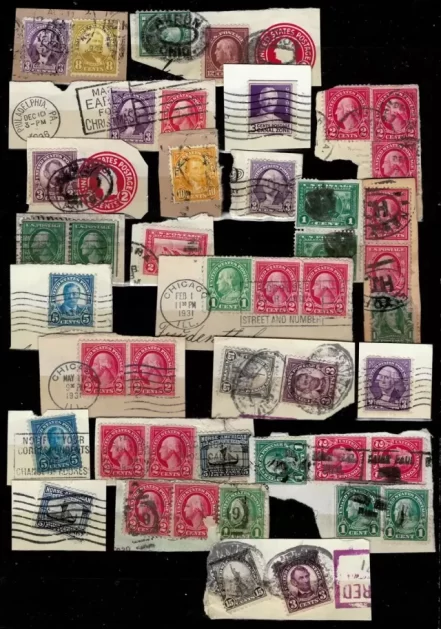
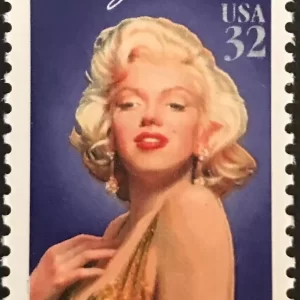

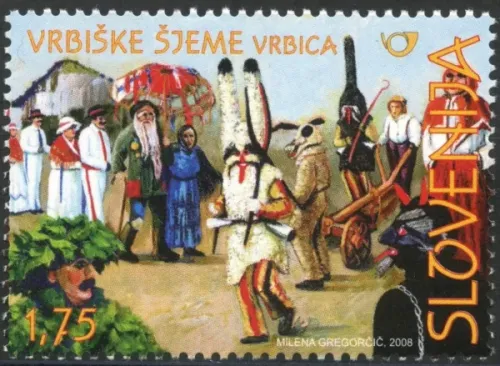
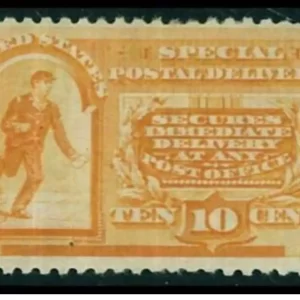
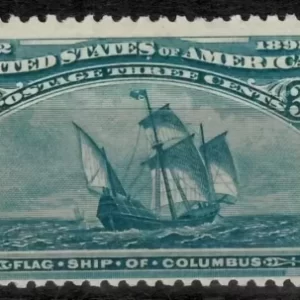
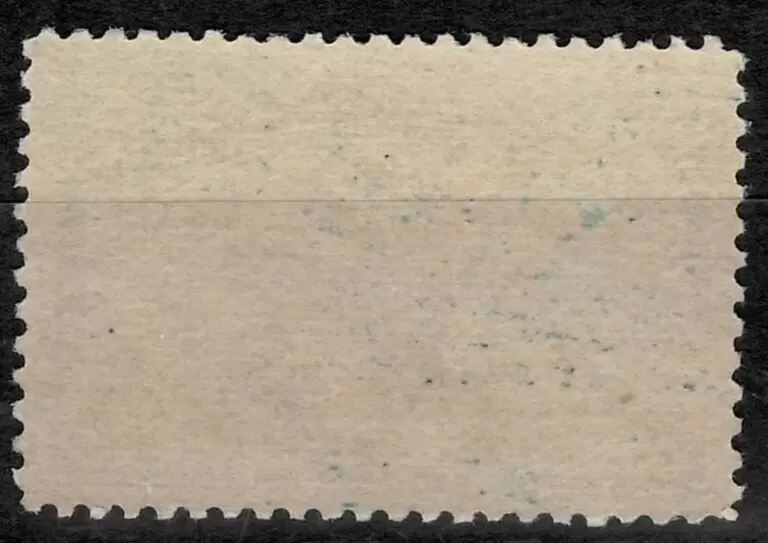
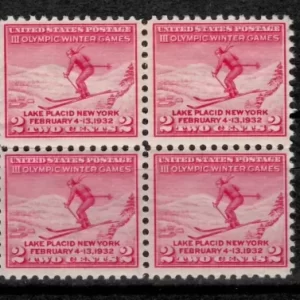
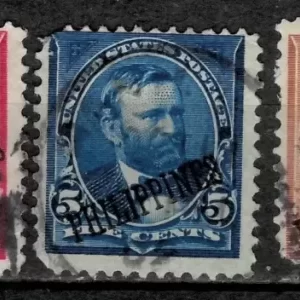
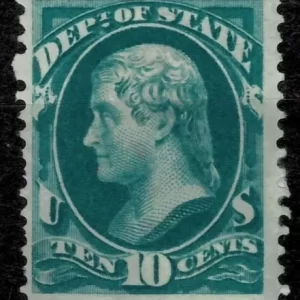
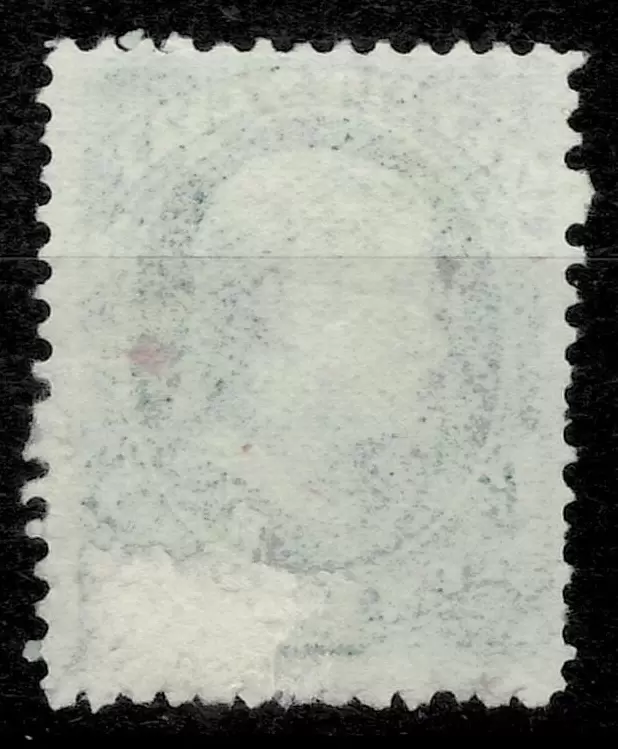
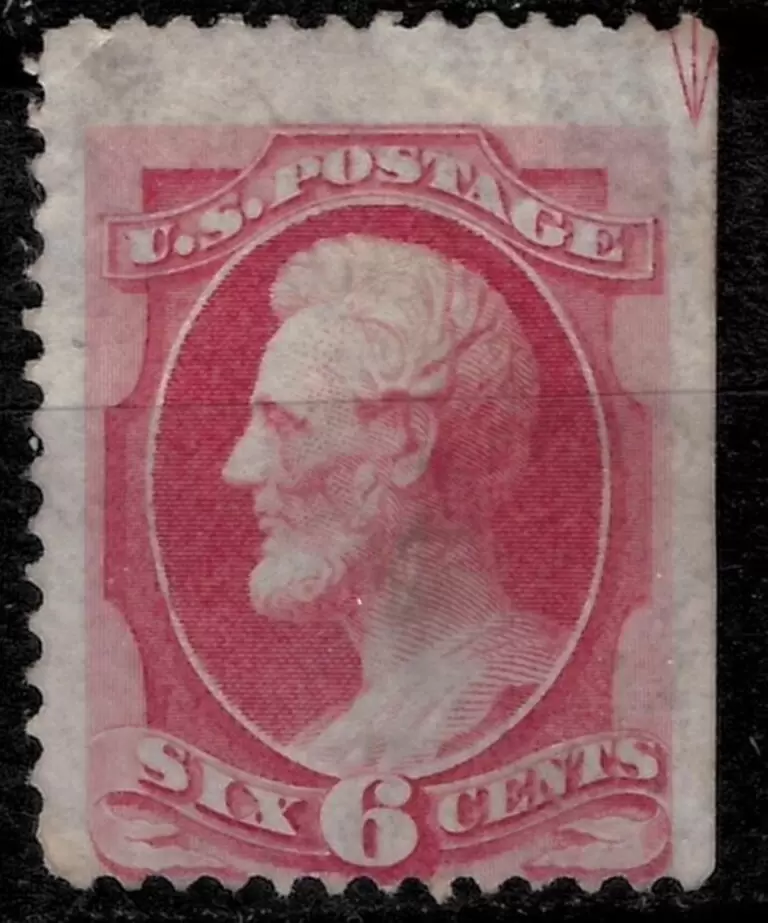
Reviews
There are no reviews yet.